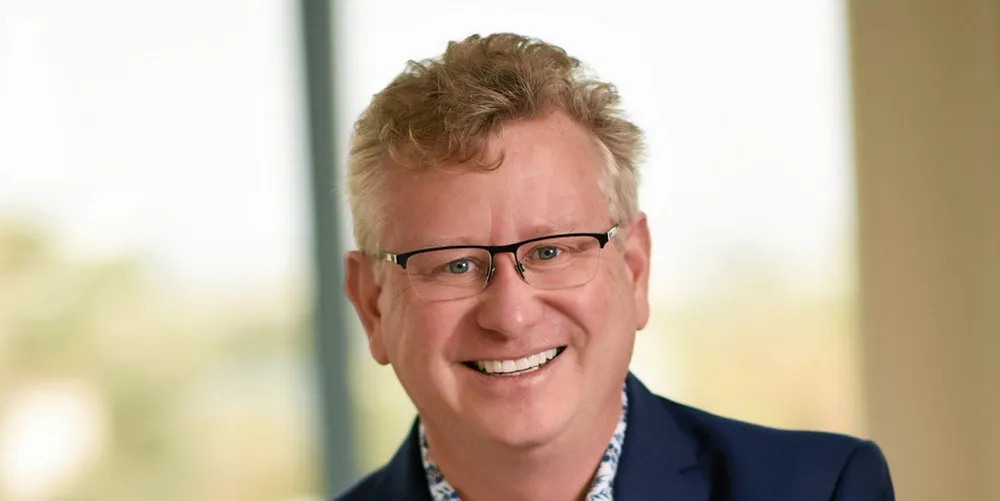Older offshore turbines and new giant models pose looming risks to insurance: GCube CEO
Industry needs to factor in both an ageing early-generation turbine fleet and new – not yet field-tested – supersize models now coming on to the market in underwriting a rapid global build-out timeline, says Fraser McLachlan

And unlike onshore wind failures where technicians and labourers can be easily sent to the site for repair and clean up, “a turbine collapse offshore is significantly more of a catastrophic event from a loss and a risk perspective [for which] the insurance market up until now has not necessarily or adequately priced in”, McLachlan said.
According to an analysis released by GCube last year, market losses in the period between 2016-2020 nearly tripled over the previous five years, to $653m, arguably reflecting the breakneck speed at which offshore wind is developing. In 2013, the year that Anholt wind farm was built, the industry saw a then-record of 1.5GW of installations, compared to 2021’s 15.7GW.
More steel in the water translates into more overall risk for insurers, McLachlan noted. The rise in claims, meanwhile, he added, is amplified by increases in the total value of each claim, from $2.09m to almost $4m, reflecting surging component size and wind farm scale.
McLachlan questions the high-speed pace at which new turbines are being introduced to the market.
“The manufacturers are trying to release this this technology to market in my opinion before that proper diligence on it, and they’re expecting [insurers] to take on this R&D risk that really they should be expected to have on their own balance sheets,” he said.
“Certification is all very well, but a lot of certification happens at somebody's desk [which] doesn’t take account of what actually happens in in the real environments,” he observed, flagging the industry’s expansion from its North Sea base to typhoon- and earthquake-prone zones around the world, including the Gulf of Mexico and East Asia.
This risk appetite is fed by the ongoing influx of “naïve” insurers that have newly moved into the offshore wind space, particularly from the oil & gas sector, with no prior experience with offshore wind and who are offering overly generous terms, McLachlan believes.
The dynamic of inexperience insurers underwriting costly, novel technology risks widespread technology failures and losses in the insurance sector.
“They are going to probably suffer a lot of losses that they weren't anticipating, and then in two- or three-years’ time, they're going to run for the hills. And that doesn't do the industry any good,” he said
For a more sustainable industry to emerge, McLachlan urges a more equitable exposure to risk across developers, manufacturers, and insurers, as well as higher premiums.
“There has to be a meeting of the minds to say you know there's a price for these risks which should be comparable to the exposure that is actually being taken on.”